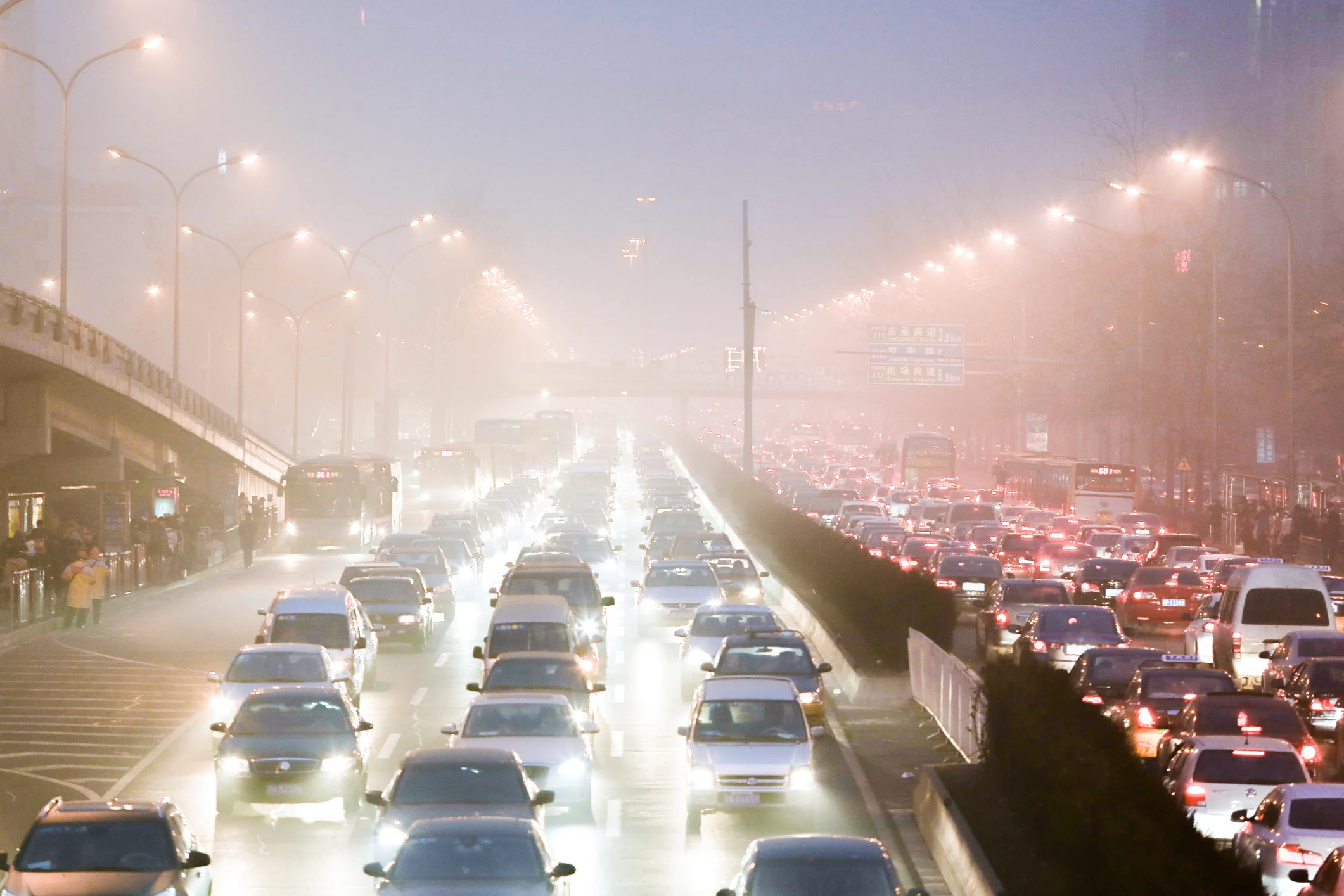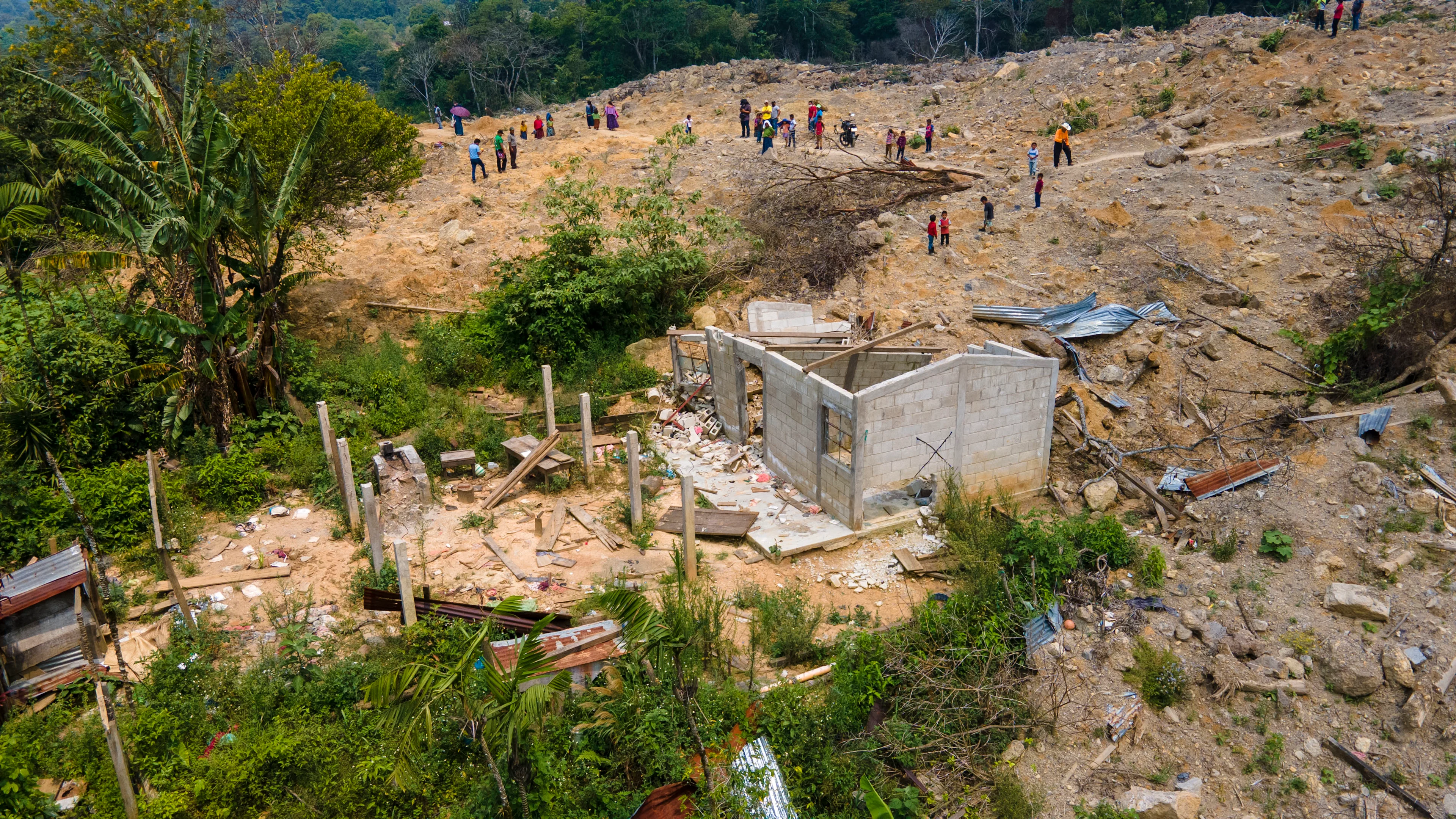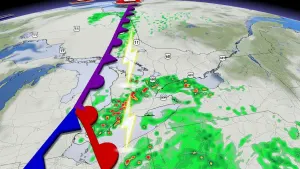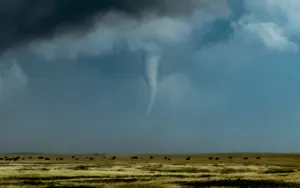
There's a 40% chance Earth will soon exceed key climate threshold, WMO says
Rising greenhouse emissions as the global economy rebounds from the COVID-19 pandemic will push us closer and closer to the 1.5°C marker.
The World Meteorological Organization (WMO) has issued a forecast that reports global temperatures are soaring so quickly that the upper limit of a key climate threshold could soon be surpassed.
The Paris Agreement was officially enacted in November 2016 and, to date, has been ratified by 189 signatories. This legally binding international treaty aims to prevent atmospheric temperatures from warming more than 2°C above pre-industrial levels, with the ideal outcome of keeping warming below a 1.5°C increase.
However, scientists and experts say that achieving this goal is becoming further out of reach as global greenhouse gas emissions continue to increase.
“There is about a 40 per cent chance of the annual average global temperature temporarily reaching 1.5°C above the pre-industrial level in at least one of the next five years — and these odds are increasing with time, according to a new climate update issued by the World Meteorological Organization (WMO),” the press release states.

Traffic in urban areas releases significant amounts of greenhouse gas emissions. (DuKai photographer. Moment. Getty Images)
Even though global carbon dioxide emissions dropped by 6.4 per cent last year, 2020 became one of the three warmest years on record and was 1.2°C warmer than pre-industrial levels. A report by the International Energy Agency (IEA) expects emissions to surge by 4.8 per cent in 2021, which would be the second-biggest increase over the past decade, due to the rebounding activity and refreshed demand for fossil fuels.
The annual average global temperatures in the next five years are expected to be at least 1°C warmer, but the forecast says it could be anywhere between 0.9°C and 1.8°C warmer than pre-industrial levels.
While there is only a 10 per cent chance that the entire global average temperature will be 1.5°C warmer than pre industrial levels for 2021–2025, experts say that even temporarily tipping past the 1.5°C marker is concerning.

An aerial photo taken on on May 1, 2021 of the Guatemalan village of Queja, San Cristobal Verapaz municipality, Alta Verapaz department, which was destroyed by a landslide caused by heavy rains from the hurricanes that hit Central America. (CARLOS ALONZO/Contributor. AFP. Getty Images)
Noteworthy, according to the forecast, is that parts of the U.S. and Canada will continue to experience the impacts of extreme weather, and this trend will persist in a warming world. For example, the WMO says that hurricane activity in the Atlantic basin will become increasingly dangerous due to human-induced climate change and compared to the 1981–2010 average, there will be more tropical cyclones than usual.
While many countries are still recovering from the destructive and record-breaking Atlantic hurricane season in 2020, such as Honduras and Nicaragua, NOAA’s Climate Prediction Center reports that there is a 60 per cent chance for another above-normal Atlantic hurricane season.
The forecast’s findings come several months ahead of the 26th UN Climate Change Conference of the Parties (COP26), which will be attended by the Paris Agreement signatories to discuss progress and next steps to achieving goals outlined in the agreement.
Thumbnail credit: sutiporn somnam. Moment. Getty Images











